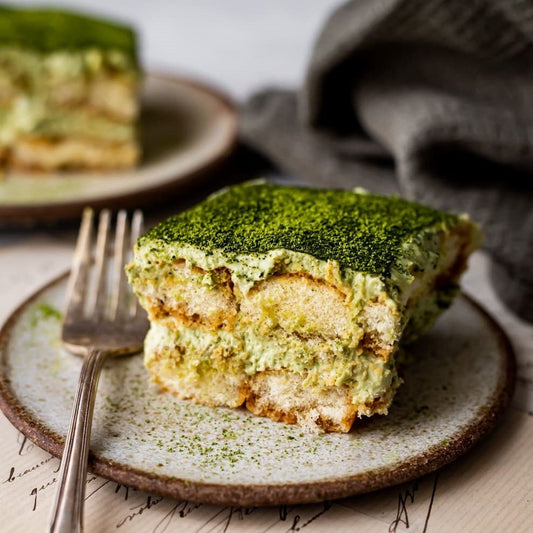Unveiling the Truth About Chai Tea
Chai tea, renowned for its rich flavor and soothing aroma, has garnered a global following. However, along with its popularity, myths and misconceptions have arisen. In this blog, we'll unravel some common misconceptions about chai tea and set the record straight.

Myth 1: Chai tea and Indian masala chai are the same thing.
Fact: While masala chai refers to spiced tea with a specific blend of spices, chai tea can encompass various spice combinations. Chai tea may include masala chai, but they're not identical.
Myth 2: Chai tea is always made with milk.
Fact: Chai tea can be brewed with or without milk. The choice of adding milk or not varies by personal preference, and in some regions of India, chai is made without milk.
Myth 3: Chai tea is only for the winter months.
Fact: Chai tea is a year-round delight. In certain parts of India, it's even served cold during hot summers, offering a refreshing beverage regardless of the season.
Myth 4: Chai tea has too much caffeine.
Fact: Chai tea's caffeine content varies based on tea type and preparation. Generally, it contains less caffeine than coffee, making it a suitable choice for those seeking a milder caffeine option.
Myth 5: Chai tea is just a fancy way of saying spiced tea.
Fact: Chai tea transcends being merely spiced tea; it embodies cultural significance and traditions. From its preparation to its presentation, chai tea is a sensory experience deeply rooted in history.
Sip Smarter with Chai Knowledge
By dispelling these chai tea myths, you can now savour your cup of chai with a deeper appreciation. Whether you choose to enjoy it with or without milk, hot or cold, chai tea is a treasure of flavor, culture, and history. With this newfound insight, your chai experience will be enriched.



